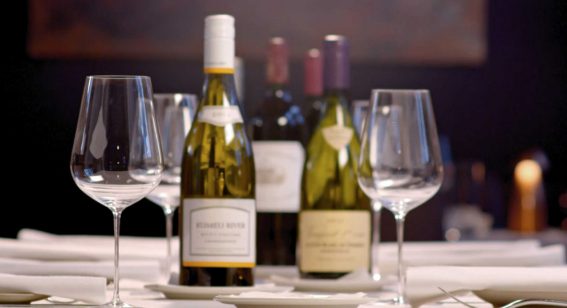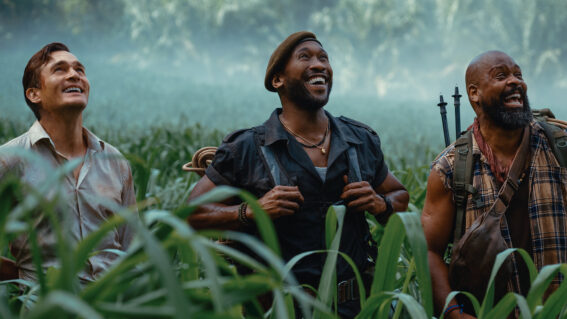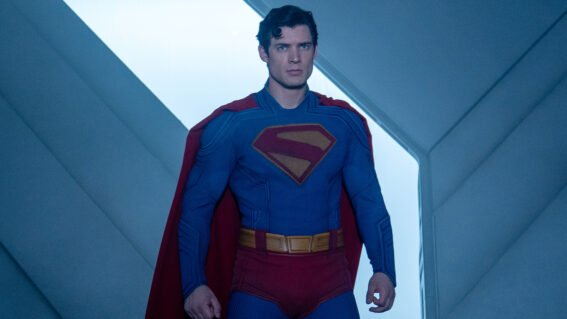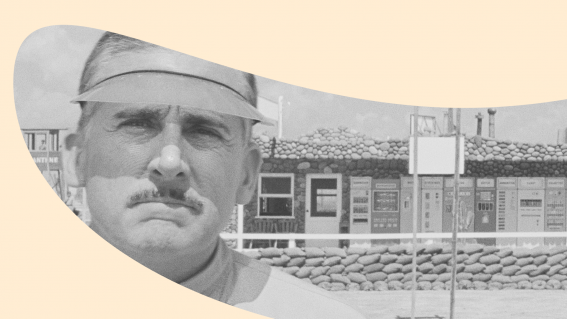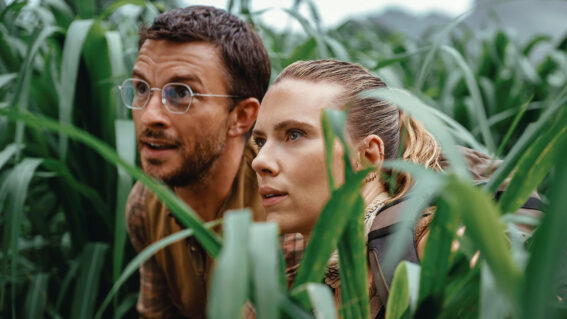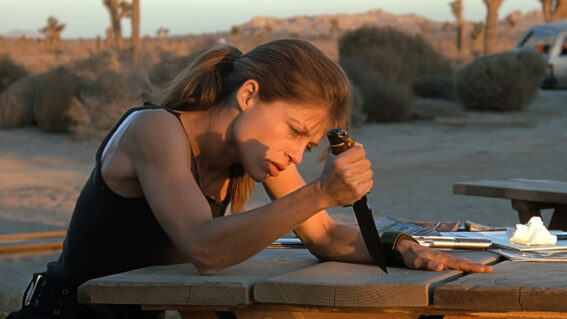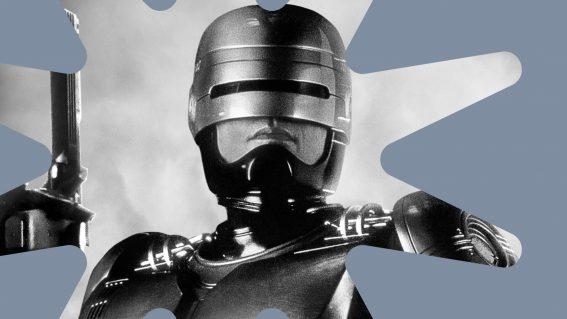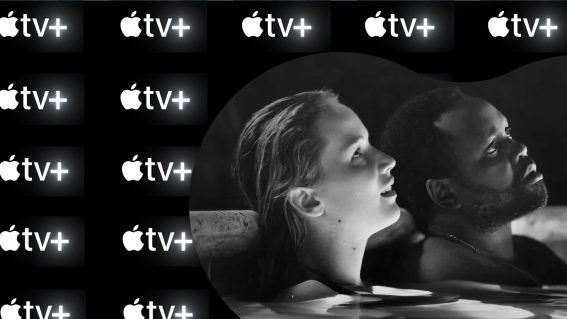One of NZ’s most important photographers is celebrated in doco playing NZIFF
Shirley Horrocks tells us more about Peter Peryer: The Art of Seeing

New documentary at NZIFF surveys the life and career of one of New Zealand’s most important photographers.
Screening at the NZ International Film Festival, Peter Peryer: The Art of Seeing is the latest documentary from Shirley Horrocks. She tells us more about her biographical doco, brimming with one-on-one time with Peryer prior to his passing.
FLICKS: Describe your film in EXACTLY eight words.
SHIRLEY HORROCKS: An in-depth profile of a unique artist.
When did you first become familiar with Peryer’s work?
I saw Peter Peryer’s extraordinary photos in exhibitions—images of people, animals, and enigmatic objects. I was fascinated by his original way of seeing and his droll sense of humour. Then when I met him, I thought he was a very engaging person, buzzing with ideas, and very eloquent in discussing art, his career, and many aspects of the world.
How does Peryer’s artistic celebration of the everyday resonate with you?
Peter was highly selective about his images and the few that he chose as ‘keepers’ were always memorable—from a tray of ‘Neenish Tarts,’ to the tentacles of an octopus, to a soggy, melting ice cream cone (with Freudian connotations!), to portraits of people (which he took not for a commission but because he was fascinated by a face).
What about his commitment to following his own vision?
In New Zealand, Peter was a pioneer in championing the idea of photography as an art. For the first 30 years of his career, it was a huge struggle for him to make a living. The art establishment regarded photography as a less worthy medium, and that meant that prices stayed low. But Peter remained totally serious about his art.
How are his photographs now informed for you by the time spent with him in his home during filming?
I learned a lot about his way of seeing, and I believe that everyone who sees the film—and spends 82 minutes with Peter—will also walk out of the cinema with a different perspective on the world. For me, the film was also a kind of masterclass in photography. During his career Peter used every type of camera, from a Polaroid to a small, plastic Diana camera, to elegant machines like the Rolleiflex and the Leica, before embracing the iPhone!
Are there any thoughts shared about photography by Peryer that you can apply to your documentary work?
As someone who has continued to make in-depth documentaries about artists for over 30 years, I felt a lot of sympathy for his bloody-minded determination to continue along his chosen path. I also loved his throaty laugh and naughty chuckle as a reminder of how important a sense of humour is when one is engaged in a challenging, poorly-paid vocation!
What emotions are stirred in looking back over a career with an artist?
Peter died from a sudden heart attack just a few days after I had finished filming, and that was a huge shock for me. For some time, I couldn’t look again at the footage. But then the film took on added importance, as the final testament to a great New Zealand artist and his lifetime of work.
What’s the last great film you saw?
I saw the Korean film Parasite the other night and thought it was an excellent example of black comedy. The writer/director Bong Joon-ho managed to mix comedy with serious issues in all sorts of surprising ways.






